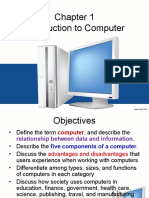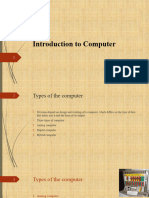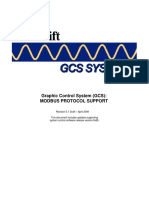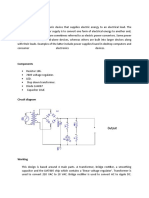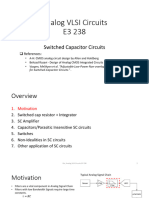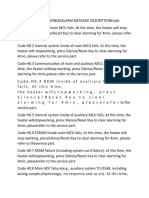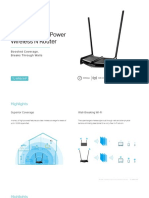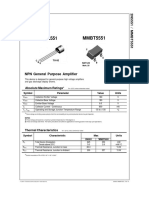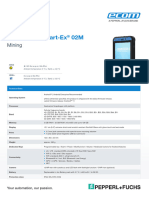0% found this document useful (0 votes)
5 views4 pagesMicrocomputers Summary
The document outlines various types of microcomputers, including desktops, laptops, tablets, smartphones, and wearable devices, highlighting their specific functionalities. It classifies microcomputers based on their purpose (general vs. special) and technology (analog, digital, hybrid). Additionally, it details the basic components of a computer system, such as input units, memory, control units, and output units.
Uploaded by
ufeoshijohnsonCopyright
© © All Rights Reserved
We take content rights seriously. If you suspect this is your content, claim it here.
Available Formats
Download as PDF, TXT or read online on Scribd
0% found this document useful (0 votes)
5 views4 pagesMicrocomputers Summary
The document outlines various types of microcomputers, including desktops, laptops, tablets, smartphones, and wearable devices, highlighting their specific functionalities. It classifies microcomputers based on their purpose (general vs. special) and technology (analog, digital, hybrid). Additionally, it details the basic components of a computer system, such as input units, memory, control units, and output units.
Uploaded by
ufeoshijohnsonCopyright
© © All Rights Reserved
We take content rights seriously. If you suspect this is your content, claim it here.
Available Formats
Download as PDF, TXT or read online on Scribd
/ 4

































